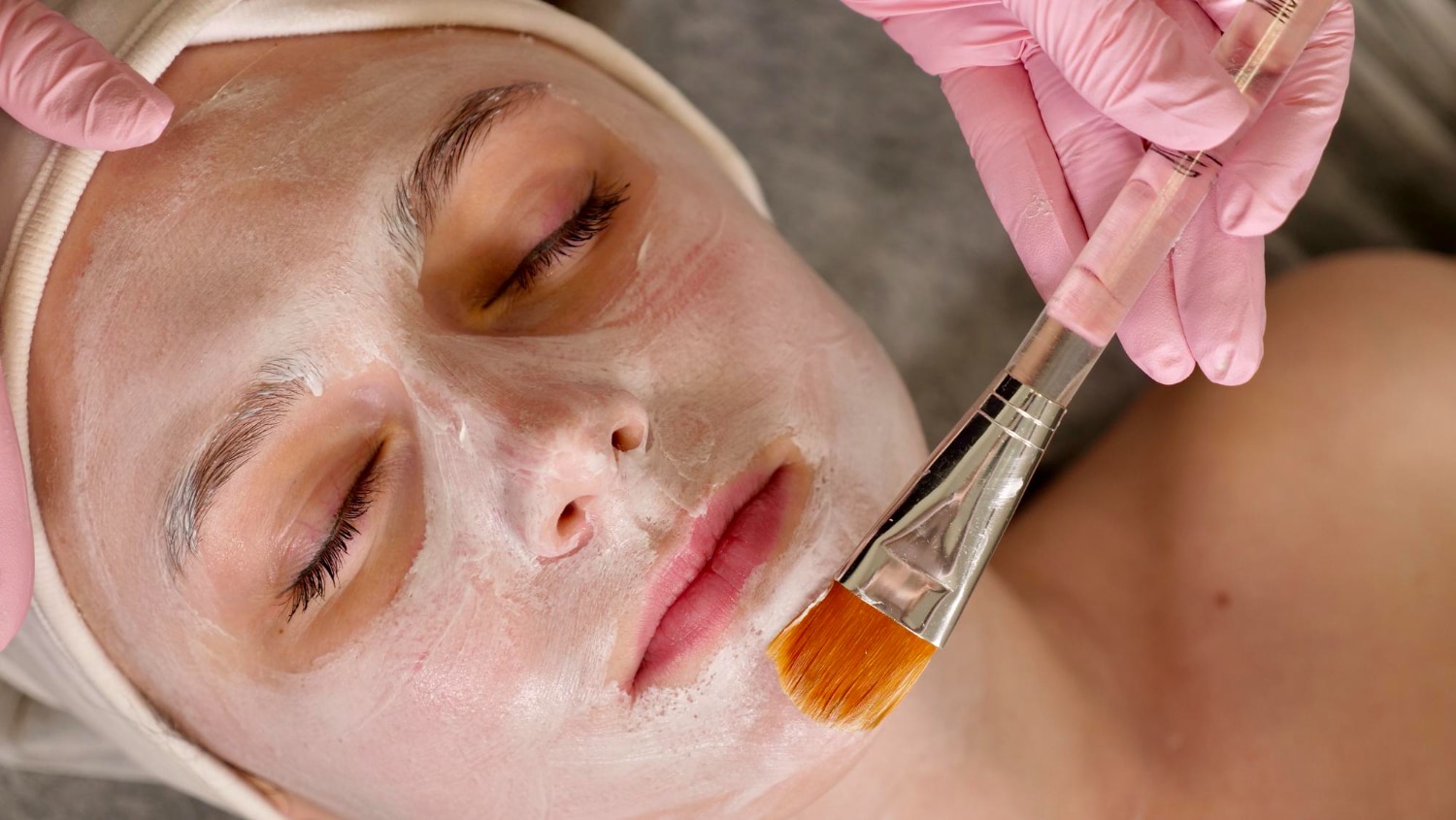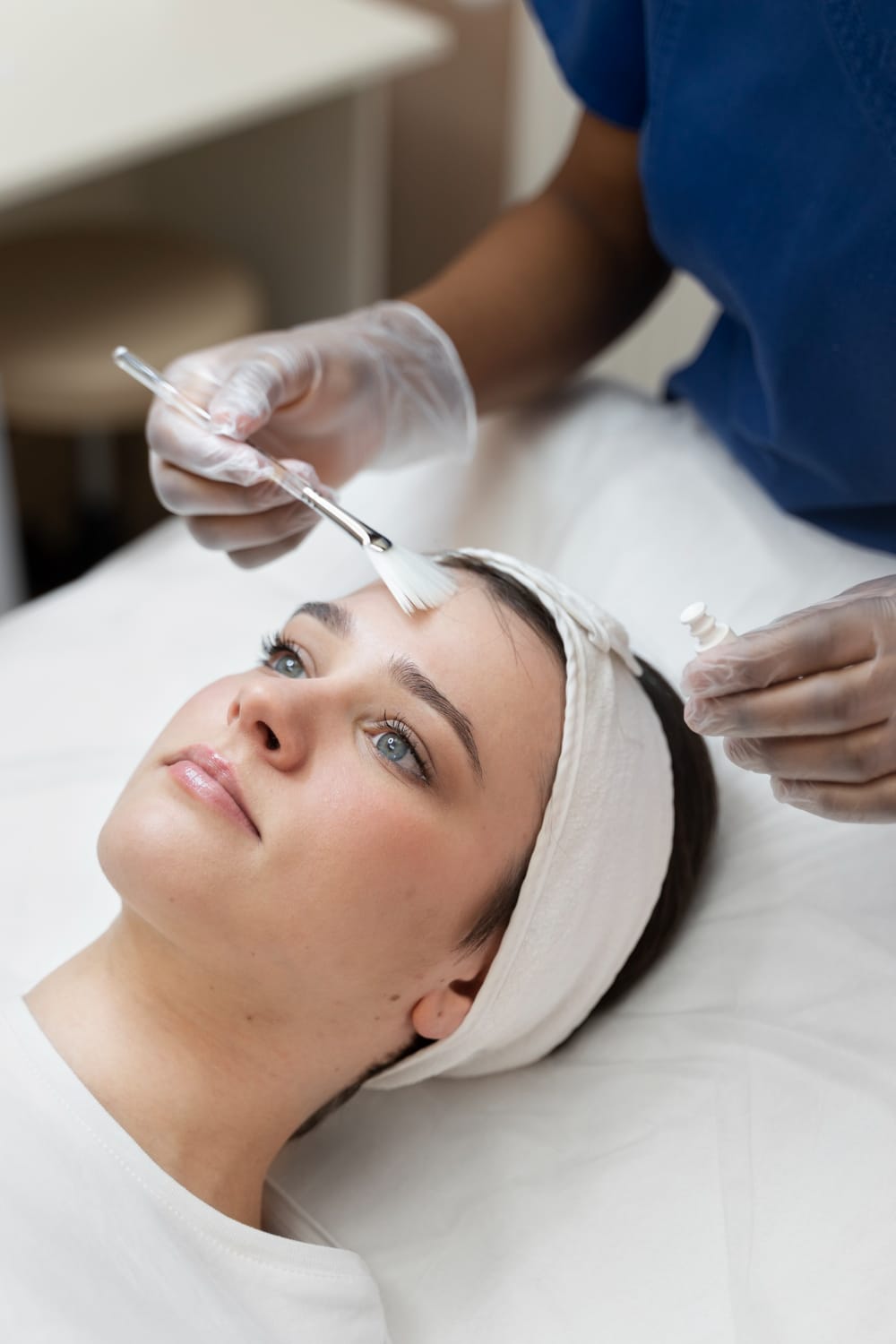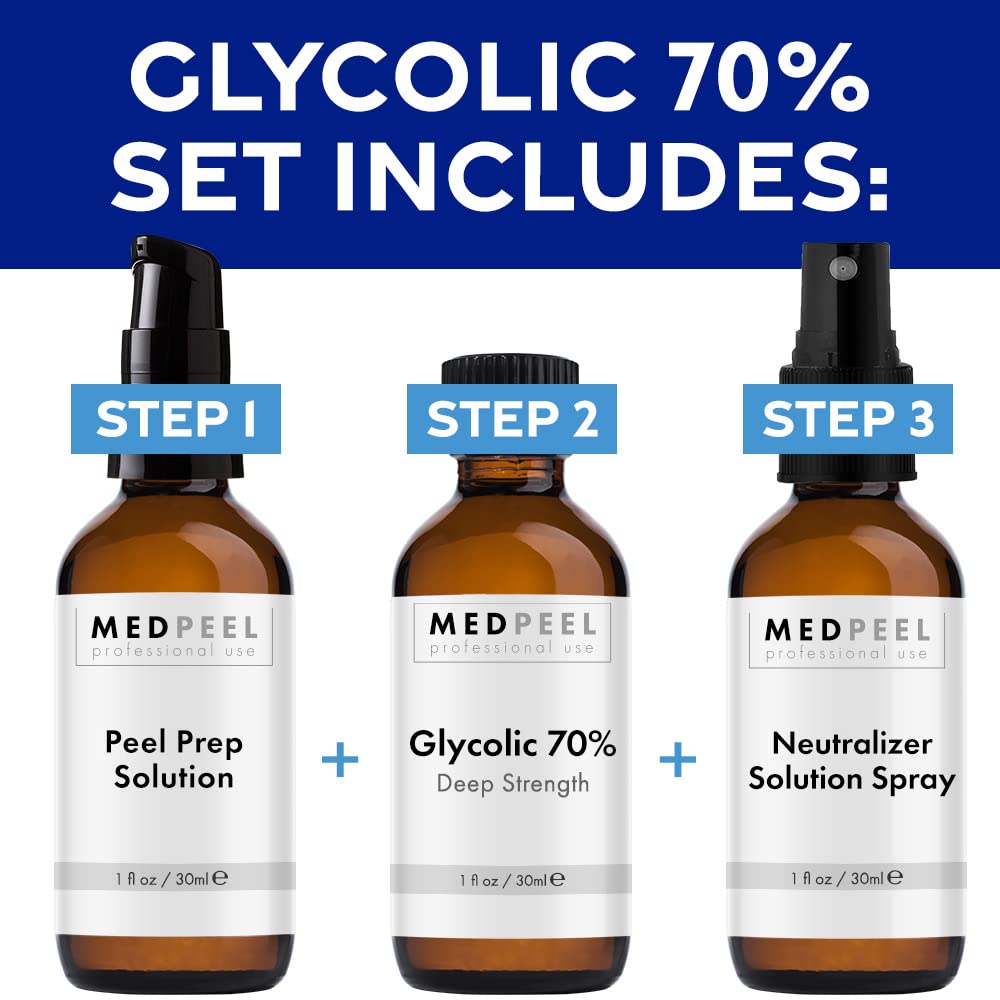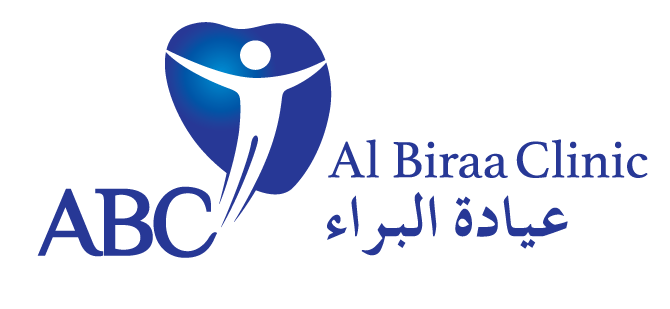Glycolic acid
To Healing the post inflammatory hyperpigmentation Glycolic acid is one of the most effective ingredients. Glycolic acid speed up healing of post inflammatory hyperpigmentation
as this tiny molecule is matchless at gently and chemically exfoliating the skin. Glycolic Acid is the tiny and lightest of the Alpha Hydroxy Acids and effective at quick deep penetration the skin. Aesthetic Dermatologist applies topically glycolic acid on skin then glycolic acid works to weaken and dissolve the lipids holding cells together in the top layer of skin, and then shed off dead, damaged, or discolored skin cells. Through this speedy chemical exfoliation, spots from post inflammatory hyperpigmentation are more likely to reduce in color and appearance, faster.
Additionally, as experts have observed, glycolic acid offers another benefit for treating PIH spots. Glycolic acid drives new skin cells to the surface of the face. This spurred cell renewal helps to reveal the healthier, underlying skin, and promotes a more even skin tone overall.
Glycolic acid peels
For more serious cases of post-inflammatory hyperpigmentation, professionally performed glycolic acid peels have been shown to be an especially helpful treatment option.
“In the author’s experience with cases of post-inflammatory hyperpigmentation in skin types III and IV, a series of 35% GA peels has produced good results. The complete resolution of post-inflammatory hyperpigmentation is commonly seen after six to eight peel treatments.”
For the sufferers with more intense post-inflammatory hyperpigmentation issues, a series of higher concentration glycolic acid peels may be a faster, and much desired option, for removing discolored spots.
PIH-free possibilities
For treating several skin conditions and problems Glycolic acid has long been heralded by dermatologists Now, this tiny molecule is being thrust in the spotlight once again for its ability to treat the all-too common spots that signal post-inflammatory hyperpigmentation.

Revitalize Your Skin: Glycolic Acid Peel for Hyperpigmentation at Al Biraa Clinic Dubai
Hyperpigmentation is a common skin concern affecting many people. Fortunately, glycolic acid peels offer an effective solution. Al Biraa Clinic in Dubai provides expert treatments to help you achieve clearer, brighter skin.
Understanding Hyperpigmentation
Hyperpigmentation occurs when certain areas of the skin become darker than the surrounding skin. This happens due to excess melanin production. Factors such as sun exposure, hormonal changes, and inflammation can contribute to this condition.
Benefits of Glycolic Acid Peels
Exfoliation and Renewal
Glycolic acid, derived from sugar cane, is an alpha hydroxy acid (AHA) known for its exfoliating properties. It removes dead skin cells, promoting skin renewal and reducing hyperpigmentation.
Improved Skin Texture
Regular glycolic acid peels enhance skin texture. They smooth rough patches and diminish fine lines, giving your skin a youthful appearance.
Reduction of Dark Spots
Glycolic acid targets dark spots and uneven skin tone. It lightens hyperpigmented areas, resulting in a more even complexion.

Why Choose Al Biraa Clinic?
Expertise and Experience
Al Biraa Clinic boasts a team of experienced dermatologists. They specialize in treating hyperpigmentation using glycolic acid peels, ensuring safe and effective results.
Customized Treatment Plans
Every skin type is unique. At Al Biraa Clinic, treatments are tailored to your specific needs, maximizing the benefits of glycolic acid peels for your skin.
State-of-the-Art Facilities
The clinic is equipped with the latest technology. This ensures that you receive the highest standard of care during your treatment.
The Glycolic Acid Peel Procedure
Consultation and Skin Assessment
Your journey begins with a thorough consultation. The dermatologist assesses your skin type and determines the appropriate glycolic acid concentration.
Application of the Peel
The glycolic acid peel is applied to your skin. You may experience a slight tingling sensation, which indicates the peel is working.
Post-Peel Care
After the peel, your skin may be sensitive. It’s crucial to follow the dermatologist’s post-care instructions. This typically includes avoiding sun exposure and using gentle skincare products.

Step-by-Step Glycolic Acid-Chemical Peel Procedure
Step 1: Peel Preparation Solution
- Cleansing: Begin by thoroughly cleansing the skin to remove any makeup, dirt, and oil. Use a gentle, non-irritating cleanser suitable for the patient’s skin type.
- Application of Peel Preparation Solution: Apply the peel preparation solution to the skin using a cotton pad or gauze. This solution helps to remove any residual oils and prepares the skin for the chemical peel.
- Ensure even coverage over the entire treatment area.
- Allow the solution to dry completely before proceeding to the next step.
Step 2: Application of Glycolic 70% Deep Strength Solution
- Initial Assessment: Assess the patient’s skin to determine the appropriate strength and duration of the peel. Glycolic acid at 70% concentration is strong and requires careful monitoring.
- Application: Using a brush, cotton pad, or gauze, apply the Glycolic 70% solution evenly over the treatment area.
- Start with the areas that are less sensitive, typically the forehead, and then move to more sensitive areas like the cheeks and chin.
- Avoid sensitive areas like the eyes and lips.
- Monitoring: Observe the patient’s skin closely for signs of erythema (redness) or excessive irritation.
- The patient may experience tingling or a slight burning sensation, which is normal. However, if there is intense discomfort, neutralize the peel immediately.
- Timing: The application time can vary depending on the patient’s skin type and tolerance, usually between 2 to 5 minutes.
- Do not exceed the recommended time to prevent over-exfoliation and potential damage to the skin.
Step 3: Neutralizer Solution Spray
- Application of Neutralizer: After the designated time has elapsed, spray the neutralizer solution evenly over the treated area.
- This solution neutralizes the acid and stops the peeling process.
- Soothing: The neutralizer will help to soothe the skin and reduce any discomfort.
- Ensure the neutralizer is applied thoroughly to all areas where the glycolic acid was applied.
- Final Rinse: After the neutralizer has been applied, rinse the skin with cool water to remove any residual acid and neutralizer.
- Pat the skin dry gently with a soft towel.
Post-Treatment Care
- Moisturizing: Apply a gentle, hydrating moisturizer to help soothe and protect the skin.
- Sun Protection: Emphasize the importance of using a broad-spectrum sunscreen with at least SPF 30, as the skin will be more sensitive to UV radiation post-peel.
- Avoidance: Advise the patient to avoid direct sunlight, heat, and activities that may cause excessive sweating for at least 48 hours.
- Follow-Up: Schedule a follow-up appointment to assess the skin’s healing process and discuss any concerns or further treatments.
This expanded procedure ensures a safe and effective chemical peel treatment, promoting optimal results and minimizing potential risks.
Results and Maintenance
Visible Improvements
You will notice visible improvements after a few sessions. Dark spots fade, and your skin becomes smoother and more radiant.
Maintenance Treatments
To maintain results, regular maintenance treatments are recommended. Your dermatologist will guide you on the ideal frequency based on your skin’s response.
Al Biraa Clinic Dubai- Hyperpigmentation Treatment Consultation
Hyperpigmentation can be effectively treated with glycolic acid peels. Al Biraa Clinic in Dubai offers expert care, ensuring you achieve a clearer and more even complexion. Book your consultation today and embark on your journey to revitalized skin.




